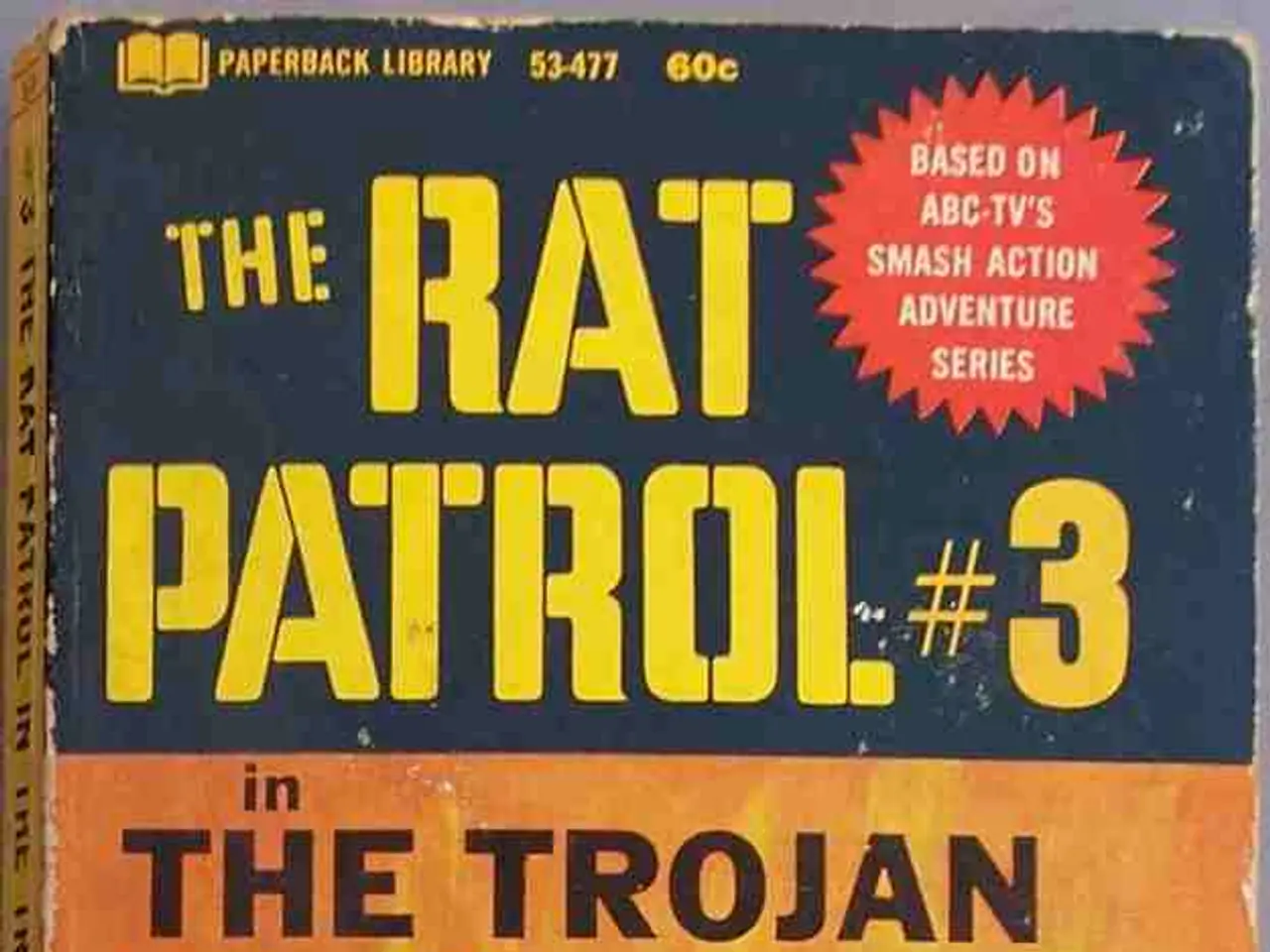Warehouses Across South Tyrol Overflowing with Stock Material, May 19, 1945
After the conclusion of World War II, South Tyrol and the Puster Valley, regions in northern Italy that had seen German military presence, became locations where Allied forces and local authorities uncovered various types of German war booty.
Nature of German War Booty
The nature of the discovered booty encompassed a range of items, including military equipment and weapons, ammunition and explosives, vehicles and transport equipment, supplies and provisions, and cultural artifacts and looted goods. The majority of the booty consisted of military matériel—arms, ammunition, vehicles, and supplies—that were hidden or abandoned during the collapse of German defenses in the Alpine region.
Extent of the Loot Found
The extent of the loot found was significant but relatively localized. South Tyrol and the Puster Valley did not host major German supply depots or headquarters compared to larger operational theaters. Many caches were concealed in mountain caves, abandoned forts, and barns, reflecting attempts to hide matériel during Germany’s retreat. Allied forces and Italian authorities undertook systematic searches during and after liberation to secure and document these stockpiles.
Historical Context
South Tyrol, annexed from Austria after World War I, was heavily militarized during WWII due to its strategic location on the Alpine front. German forces frequently used the region for defensive positions and as a transit corridor toward the Eastern and Western fronts. The harsh Alpine geography made the concealment of war materials easier and complicated recovery efforts.
The Franzensfeste Findings
One notable discovery was the ammunition found in the fortress of Franzensfeste by the men of the 339th Inf. Reg. of the 8th US Army Division. This ammunition, along with other seized materials, was transported to the 5th US Army's warehouses in Cornuda and Verona. The specific source of theft is not specified, but it is known that the goods, including luxury items, military materials, food, and various types of equipment, were stolen from wholesale warehouses in Italian cities.
In addition to the 80 truckloads, 25 supply depots with large quantities of gasoline, oil, car and tank parts, and radio equipment were discovered in the Puster Valley. The entire province of South Tyrol seemed to be a vast depot for all kinds of military materials, as reported to the headquarters of the 5th US Army.
The Americans discovered well-stocked warehouses in South Tyrol, containing gold, art objects, furniture, jewelry, military materials, food, silk stockings, radios, radio stations, car parts, and gasoline. Some reports mention recovered items that seemed to be art or culturally significant artifacts looted from occupied territories, although South Tyrol was not a major depot for such items compared to other places.
The ammunition found in Franzensfeste was stored in a fortress, not in cellars, caverns, or simple houses like other goods. This discovery underscores the strategic importance of the fortress during the war and the efforts made to secure its ammunition stores.
In the early post-war days, both the goods and the ammunition discovered by the Americans were stored in cellars, caverns, and simple houses, and later transported to the 5th US Army's warehouses for further inspection and documentation. The exact fate of these seized materials after the war is not detailed in the available records.
The uncovered war booty, hidden by German forces during their retreat from South Tyrol and the Puster Valley, comprised a diverse array of items, such as military equipment, ammunition, vehicles, cultural artifacts, and looted goods (history, war-and-conflicts). The significance of these finds was substantial but concentrated in these regions, and not as extensive as in major operational theaters (extent of the loot found, general-news). The strategic location of South Tyrol, annexed from Austria after World War I, made it a focal point for German military presence and a haven for the concealment of war materials due to the challenging Alpine geography (historical context).







